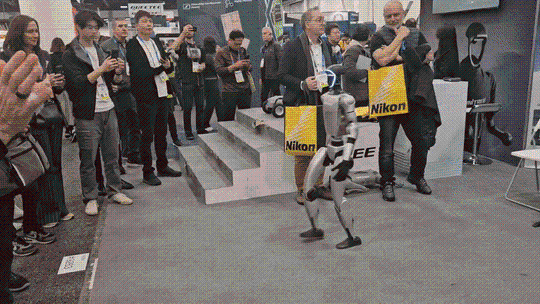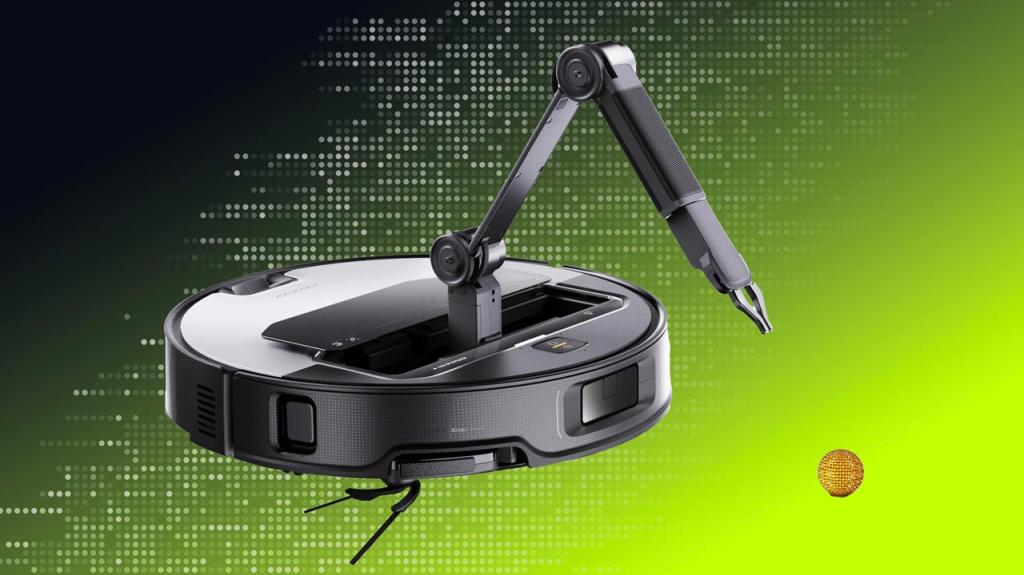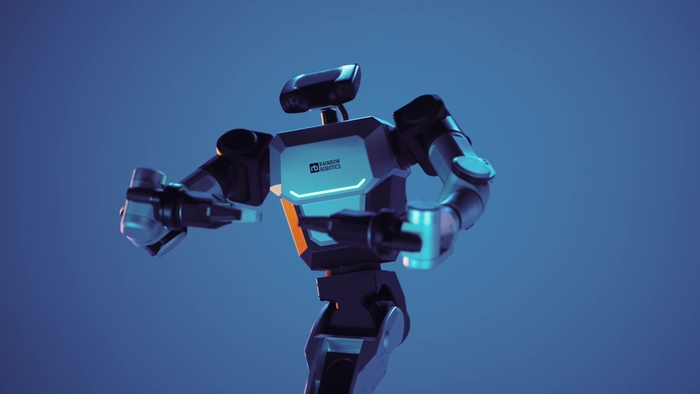Tesla's Cybercab Unveiling Promises a New Era of Autonomous Rides
Explore Tesla's Cybercab unveiling and its potential to transform autonomous rides, navigating regulatory challenges and setting new market standards.
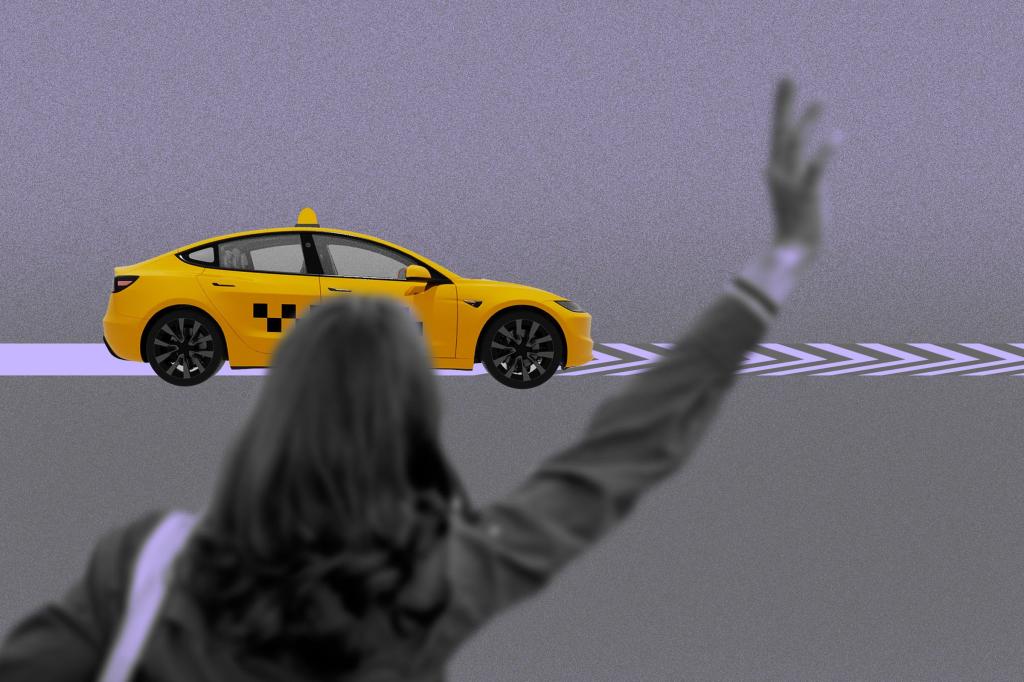
Key Points
- Tesla's Cybercab, set to be unveiled at the "We, Robot" event, represents a major step toward fully autonomous rides.
- The vehicle will rely on Tesla's Full Self-Driving
technology, utilizing cameras instead of expensive lidar systems.
- Navigating regulatory challenges is crucial for Tesla to successfully enter the competitive robotaxi market against established players like Waymo and Cruise.
The anticipation surrounding Tesla's upcoming unveiling of its autonomous robotaxi, dubbed the Cybercab, is palpable. With CEO
set to present this innovative vehicle at the “We, Robot” event in
,
, many are curious about its design, functionalities, and potential market impact. This event marks a pivotal moment for Tesla, particularly given the pressures from competitors and regulatory scrutiny surrounding autonomous driving technologies.

Anticipation and Delay: A Rocky Road Ahead
Originally scheduled for an August unveiling, the Cybercab’s presentation was postponed to October due to Musk's request for design changes. This delay highlights the challenges Tesla faces in delivering on its ambitious promises for fully autonomous vehicles. Analysts have expressed doubt regarding the timeline for the robotaxi’s rollout, emphasizing that it may take years before fully functioning, driverless taxis are operational on the roads.
Musk has historically made bold predictions regarding the timeline for Tesla's autonomous capabilities. For instance, he predicted back in 2019 that the company would have operational robotaxis by the following year. As the years have passed, Tesla's actual delivery on these promises has been under scrutiny, contributing to skepticism among investors.
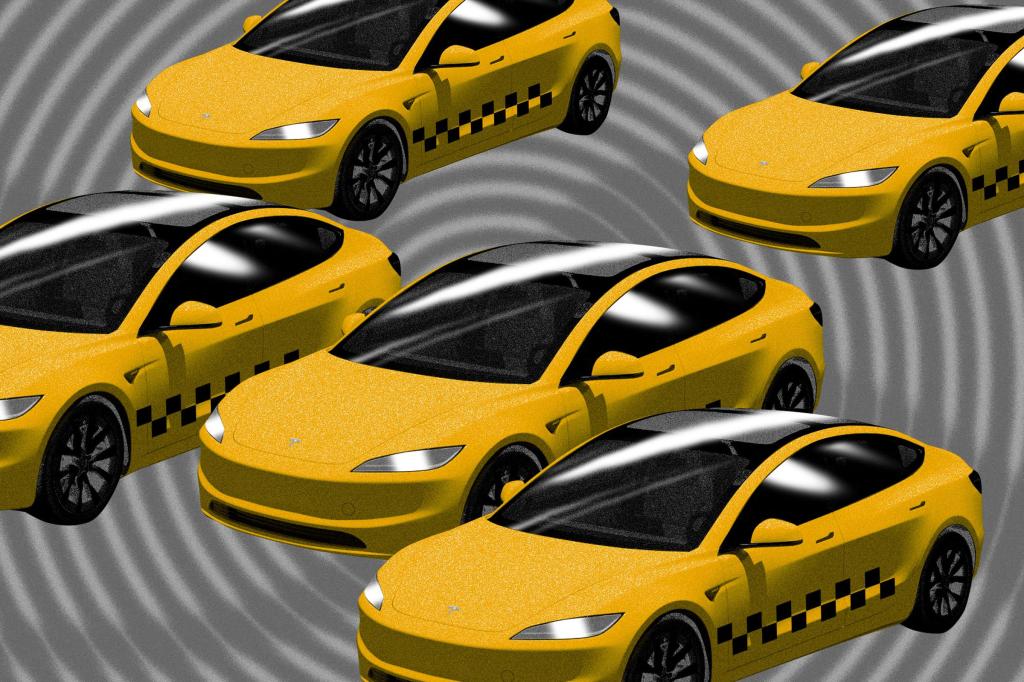
The Features of the Cybercab: What to Expect
So, what exactly can we expect from Tesla’s Cybercab? Musk has suggested it will embody a blend of features from popular ride-hailing services and
, allowing owners to profit by offering their vehicles as automated taxis through a network. Since the Cybercab is designed to function without traditional driving controls, such as a steering wheel or pedals, it is poised to represent a groundbreaking shift in personal and shared transportation.
Current insights suggest that the Cybercab will utilize Tesla's Full Self-Driving (FSD) technology, relying primarily on cameras and artificial intelligence rather than the more expensive hardware used by competitors like Waymo, which often includes lidar systems. While this decision could keep costs down, it raises questions regarding the robustness and safety of Tesla's technology in complex, real-world scenarios.
Regulatory Challenges and Competitors to Watch
Any successful deployment of the Cybercab will require navigating a substantial regulatory landscape. States and localities vary significantly in their laws related to self-driving vehicles, and ensuring safety in this new frontier remains a challenge. Other companies like Waymo and Cruise have already established themselves within this realm, collecting valuable data and gaining regulatory approvals.
For instance, Waymo’s existing fleet has been operational in parts of the United States since 2021, completing upwards of 100,000 rides weekly. As these competitors continue to refine their technologies and business models, Tesla must address the significant hurdles ahead if it hopes to gain traction in the robotaxi market.
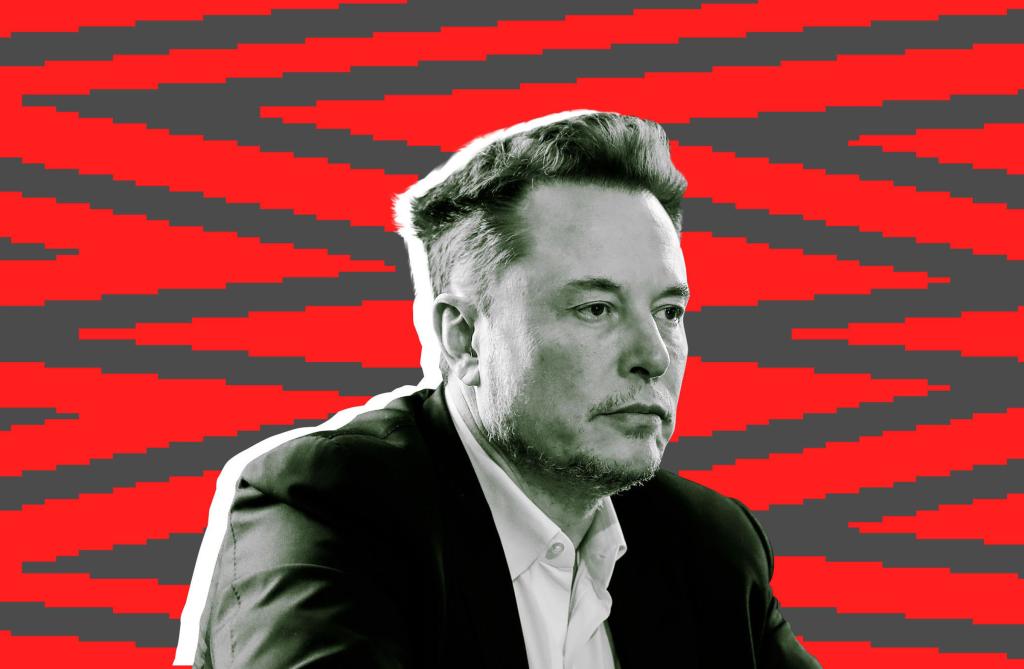
What's Next for Tesla?
As the event approaches, market watchers are anticipating not only a prototype reveal but also a glimpse into Tesla's broader strategies. Will Musk provide concrete timelines for commercial viability, or will it be more about grand visions and less about the immediate future? With Tesla's stock already volatile, any disappointment could lead to significant market repercussions.
Furthermore, beyond the Cybercab, there could be mention of other products in Tesla’s pipeline, including the long-anticipated low-cost Model 2 and updates on their humanoid robot, Optimus. By linking these diverse innovations, Musk may aim to showcase Tesla as not just an electric vehicle company, but a vibrant player in the AI robotics sector.
The unveiling of the Cybercab promises to be a significant milestone in Tesla’s journey. While challenges remain, the potential for transforming how we think about transportation is immense. Whether this vision materializes into a self-driving reality remains to be seen, but one thing is clear: the future of rides is on the horizon.
